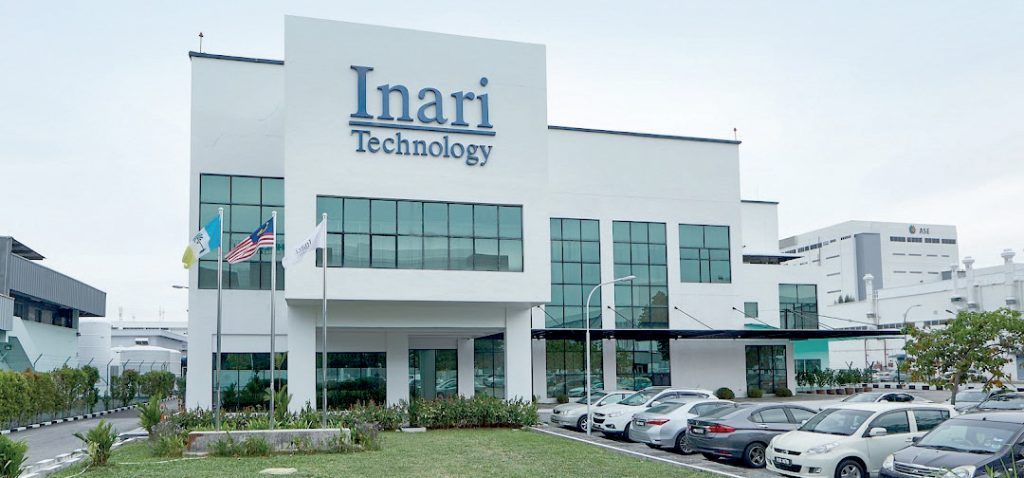Auto Added by WPeMatico

Potential slower growth in major economies and lingering uncertainties over tariff tensions pose significant downside risks to Malaysia’s trade and growth outlook
by RHB INVESTMENT BANK BHD
IN LIGHT of increased external risks and uncertainties, we downgrade Malaysia’s 2025 GDP growth forecast to 4.2%, from our earlier projection of 4.5%. The balance of risks now tilts towards growth of 3.8%-4%, should tariff and trade tensions escalate further.
Potential slower growth in major economies and lingering uncertainties over tariff tensions — particularly following the expiry of the tariff pause period — pose significant downside risks to Malaysia’s trade and growth outlook, reinforcing our cautious stance.
Our revision takes into account the recent US tariff increase on Malaysia announced on July 8, which raises the tariff from 10% (the baseline rate) to 25%, effective from Aug 1, and is expected to reduce GDP by around 0.1%-0.2%. The US noted that further negotiations remain open before Aug 1. We also factor in weaker-than-expected GDP growth for first quarter of 2025 (1Q25), which came in at 4.4% compared to our estimate of 4.8%, partly due to softness in the mining sector.
A slowdown in trade momentum is anticipated ahead, as the effects of front-loading activities have dissipated, as reflected in recent data prints. Export-oriented sectors, such as electronics and electrical (E&E), raw materials and machinery, which are reliant on US and Chinese demand, are likely to be most affected by both direct tariffs and broader spillover effects from US-China trade tensions.
Additionally, our analysis suggests that a 60% US tariff on Chinese goods could result in a 7.8% decline in Malaysia’s exports, corresponding to a 0.71% decrease in GDP (approximately 0.3%-0.4% on a half-year basis).
Despite a cautious view on external developments, the domestic economy continues to demonstrate resilience, driven by robust consumer spending and steady investment. This strength should help cushion Malaysia from some of the risks posed by heightened headwinds such as tariffs and trade tensions. Strategic initiatives within the Madani economy framework, including the National Energy Transition Roadmap (NETR) and the New Industrial Master Plan 2030, are expected to stimulate investment flows over the medium term.
Private consumption is expected to be bolstered by wage growth, higher minimum wages and adjustments to civil service salaries. In addition, the recent expansion of the Sales and Service Tax (SST) is expected to have a limited direct impact on GDP and inflation, as it primarily targets discretionary items and selected service sectors. This targeted approach helps to minimise any significant effects on overall consumer expenditure and keeps inflationary pressures in check.
Certain domestic-oriented industries are relatively shielded from these external uncertainties. Sectors such as retail and consumer goods, construction, healthcare, education and utilities are largely driven by local demand and are less dependent on the global economic environment. These industries primarily serve the domestic market, making them less vulnerable to international disruptions. For instance, the retail sector is expected to continue benefiting from an expanding labour market, rising household incomes and adjustments to the minimum wage and civil servant salaries. The construction sector, meanwhile, is set to be spurred by continued activity in the non-residential, special trade and residential subsectors.
Given slower economic momentum ahead and limited impact from the domestic policies, we revise our 2025 inflation forecast to 2% versus our former projection of 2.2%. While domestic policy actions — such as the scheduled retargeting of the RON95 subsidy, SST expansion, wage-related adjustments and restructuring of electricity tariffs — may exert some upward pressure on prices, their overall impact is expected to remain contained, provided these measures are executed progressively and prudently.
Inflation in first half of 2025 (1H25) is expected to be around 1.5% (compared to the year-to-date [YTD] level of 1.4%), with the potential to rise to 2.4%-2.5% in 2H25. The direct impact of the SST expansion on the consumer price index (CPI) is estimated to be negligible at around 0.1%-0.2% year-on-year (YoY) on a full-year basis. Aside from that, the direct impact of the electricity tariff restructuring is expected to be limited. Approximately 85% of Tenaga Nasional Bhd (TNB) customers — particularly those consuming 1,000 kWh or less per month — will see no increase or even a decrease in their electricity bills.
Our base case scenario assumes the Overnight Policy Rate (OPR) will remain at 2.75% for the remain- der of 2025, provided GDP growth remains within the long-term range of 4%-5% and inflationary pressures remain manageable. For upcoming meetings in September and November, officials will likely stay data-dependent. We view July’s 25 basis points cut as preemptive, as robust domestic conditions do not warrant a reduction at this stage, with risks largely concentrated in the external environment. The move is seen as a measure to support growth and safeguard the domestic economy against potential spillover effects from heightened external headwinds and prolonged trade tensions.
For 2025, we expect the current account surplus to be 1.8% of GDP. We anticipate a narrower trade surplus in the coming months amid slower export growth. Meanwhile, the services account is expected to be buoyed by tourism arrivals and receipts, supported by major events such as Malaysia’s 2025 ASEAN Chairmanship and preparations for Visit Malaysia 2026 (VM 2026).
We believe the fiscal deficit target of 3.8% of GDP is attainable for 2025. Expansion of the SST scope, the introduction of new revenue drivers, and subsidy reforms will help narrow Malaysia’s fiscal deficit in 2025. Tax revenue will remain the main source of government income, bolstered by sustained economic growth, the phased roll-out of the e-invoice, and the full-year implementation of the higher service tax rate. The expanded SST is projected to generate approximately RM5 billion in additional revenue over the six months starting in July, according to official estimates. An extra revenue influx is expected to strengthen government finances by providing greater fiscal space to manage public expenditure and reduce the budget deficit.
(Extracted from RHB Bank Bhd’s report entitled ‘Global Outlook 3Q25: Beware the Three Tees’ released on July 9, 2025.)
- This article first appeared in The Malaysian Reserve weekly print edition
RELATED ARTICLES

MRT3 may strengthen SunCon’s orderbook

Inari Amertron’s private placement might fund sizeable M&A

MAHB raises RM800m via senior Sukuk Wakalah issuance

Farm Fresh’s shares close at premium on strong debut

Bank Rakyat to issue RM10b sukuk to obtain long-term funding

Pintaras to grow steadily on Singapore works
The post RHB turns cautious on Malaysia’s growth amid tariff headwinds appeared first on The Malaysian Reserve.
